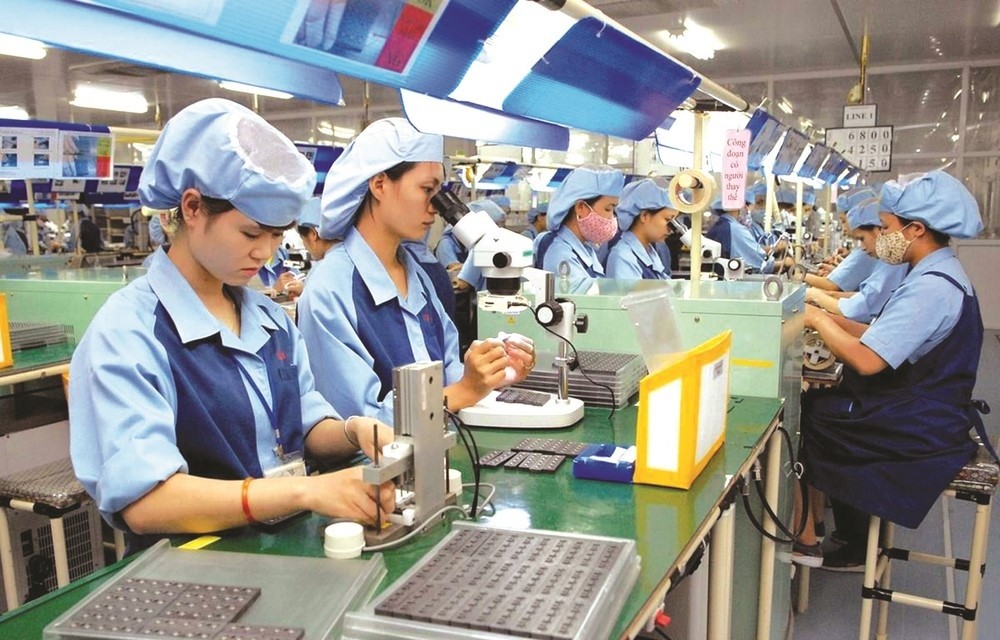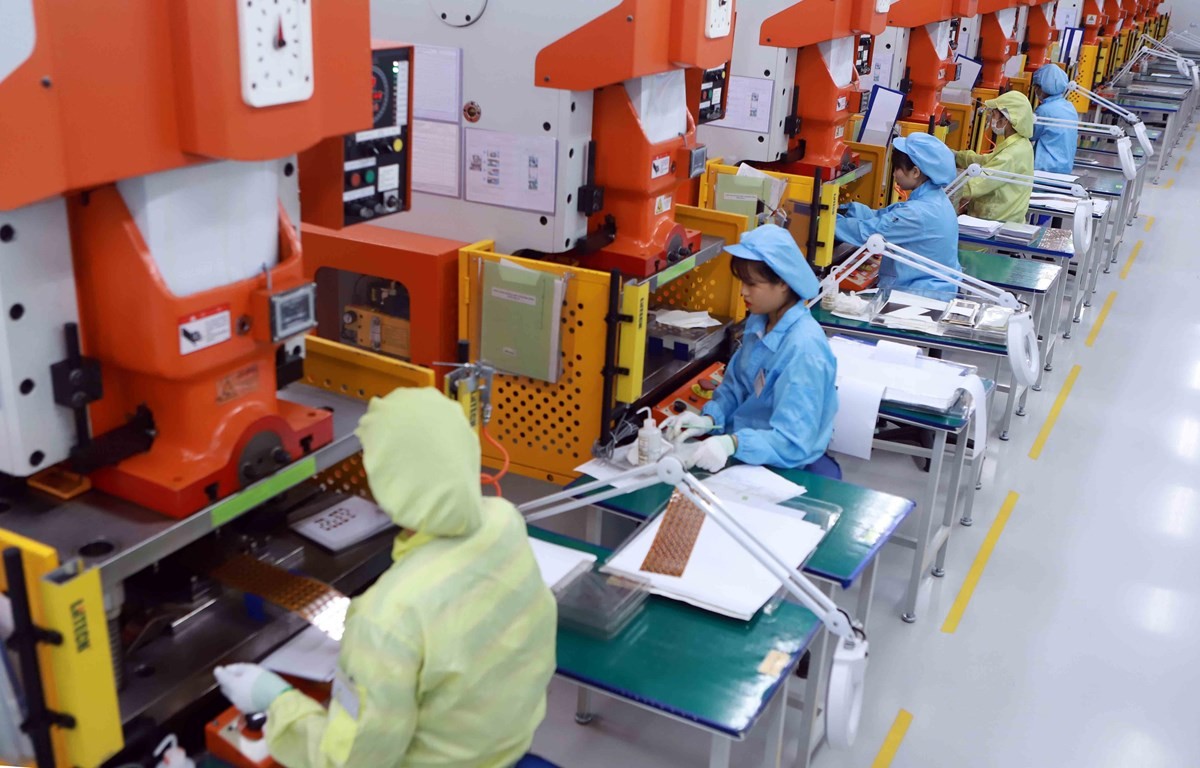
Viet Nam’s recovery of labour market in the new normal
Latest
 |
| The COVID-19 pandemic puts a detriment on every activity of the labour market. (Photo: ITR) |
Serious impacts
According to Mr. Le Van Thanh, Deputy Minister of Labour, War Invalids and Social Affairs, since the beginning of 2021, the COVID-19 pandemic has posed a threat to the whole labour market, leaving millions of workers unemployed and many businesses going bankrupt.
The supply for labour plunged, while the labour market has been divided into each region and local area. This results in an imbalance between the supply and demand for labour, putting a pressure on the Government to address the job issues.
Statistics from the General Statistics Office of Viet Nam (GSO) has shown that, in the third quarter of 2021, over 28.2 million people above the age of 15 have been detrimentally affected by the pandemic.
Specifically, 4.7 million people lose jobs, 14.7 million people are in furloughs and other 18.9 million people suffer from severe pay cuts. Nearly 18% of businesses nationwide are lacking in workers, with the highest rate seen in the South-East area (30.6%).
Mr. Le Van Thanh states that goods demand for Tet holiday will reach a peak in January 2022, which means a large number of workers are required to recover the disrupted supply chains in economic centerpoint areas.
During the first and second quarter of 2022, demands for workforce will bounce back because most businesses will resume their production with full capacity. Approximately 700.000 people are estimated to be recruited in 2022.
 |
| Our goal is to ensure an urgent recovery of the labour market. (Photo: VNA) |
Feasible and long-term solutions
Mr. Bui Sy Loi, Vice Chairman of the Social Committee of the 14th National Assembly says that our goal is to ensure an urgent recovery of the labor supply in order to meet the needs of the labor pool, provide workers with secure and higher-paid jobs, resume production and business activities under “new normal” conditions.
Most workers have had an uncomfortable mentality and left their current accommodation due to fear of getting infected. Their moving and commuting to the workplace is also coming up against difficulties since many areas have implemented strict regulations on pandemic control.
Besides tough measures to retain the spread of Covid-19, Mr. Bui Sy Loi emphasizes: “We need to come up with a solution that encourages workers to be back on work. This includes connecting the labor supply and demand, creating motives for opportunities, providing financial support, stabilizing life quality in areas which require a large workforce, and creating livelihoods for workers looking for jobs with life-guaranteed income”.
Learning from countries with stable and developed labor markets, it is of vital importance to focus on training and improving workers’ skills and make use of funds for unemployment insurance as a supporting tool for the development of the labor market.
According to Mr. Truong Anh Dung, Director General of the Department of Career Training, in the foreseeable future, the policy to assist businesses and workers affected by the Covid-19 pandemic needs a one-year extension.
There ought to be extra policies and resources to offer short-term skills training for pupils, students and employees who are not training objects from the Unemployment Insurance Fund in order to provide the labor market with a skilled workforce.
Regarding the long-term solutions, Mr. Truong Anh Dung reckons that experts should pay close attention to the forecast of job demands in every single field and the extent of career training, especially when the increasingly high demand for skilled workers is hindered by Covid-19 and digital ability.
He emphasizes: “It is essential to push the digital transformation and change training methods to optimize investment resources, then adapt to the pandemic context and innovation requirements and improve training quality based on global trends. Promote public and private cooperation; link vocational education with businesses and the labor market”.





















